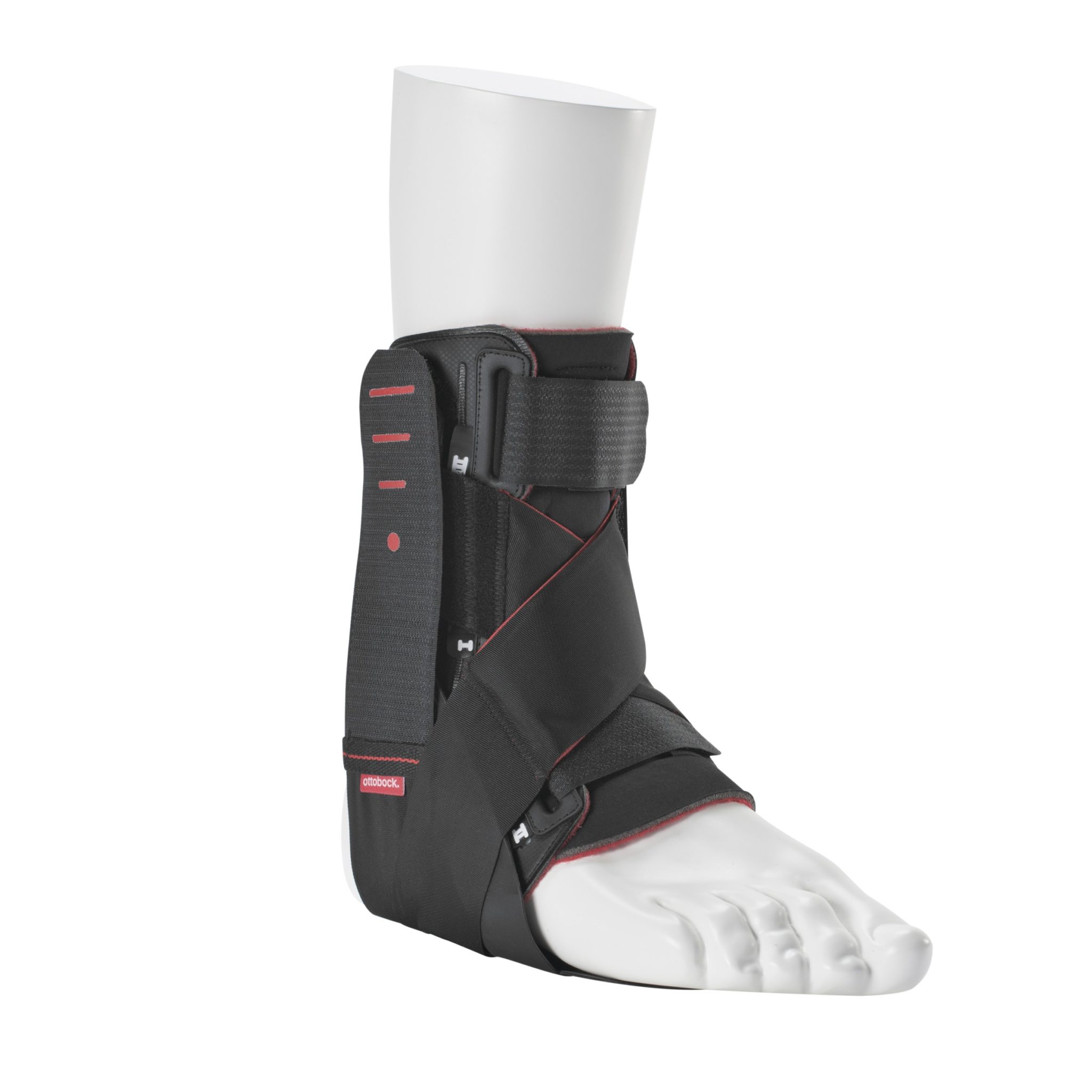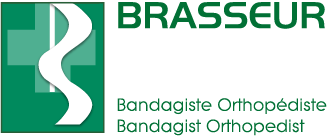A fall or twisting of the ankle, often during sport, can lead to ligament injuries. In many cases, surgery followed by many weeks of immobilization was unavoidable. With modern orthoses such as the Malleo TriStep multifunctional orthosis, the orthopaedic surgeon can decide (depending on the case) not to perform surgery. This means the foot can be mobilized more quickly. What’s more, the structure of the Malleo TriStep orthosis allows it to be adapted to the three different healing phases. The ankle is specifically stabilized following an acute injury. Then, the foot can gradually become accustomed to movement. All this is achieved with a single orthosis, which can be adapted to the desired phase in just a few simple steps. Renowned orthopedic specialists, sports physicians, biomechanists and orthoprosthetists were involved in the development of Malleo TriStep. Easy handling
In consultation with your doctor, the various functional and stabilizing elements of the brace can be removed in a few steps in three phases. This offers more individual and differentiated support during the different stages of the healing process. Immobilization (phase I)
Malleo TriStep immobilizes your foot during the acute inflammation phase. The aim is to alleviate pain and reduce swelling. Your foot should be elevated and cooled with ice at this stage. Your doctor will give you detailed advice. You wear your Malleo TriStep with the stabilizing strap and foot brace at this stage. During the day, you can wear a flat shoe that opens wide. Stabilization (phase II)
During the new-tissue formation phase, the foot brace should not be worn during the day. The aim is to continue stabilizing the foot and gently start mobilizing it. You continue to wear the footbed at night, which prevents the foot from turning inwards when you’re lying on your back or side. This prevents the ligaments from re-tearing during the night. Support (phase III)
The tissue maturation phase begins, so you can wear your Malleo TriStep without a stabilizing strap or foot brace, depending on the indication. This is designed to improve stability and mobility, as well as coordination and balance. At the end of this phase, you can continue to wear the orthosis to prevent further injury to the ankle ligaments.


